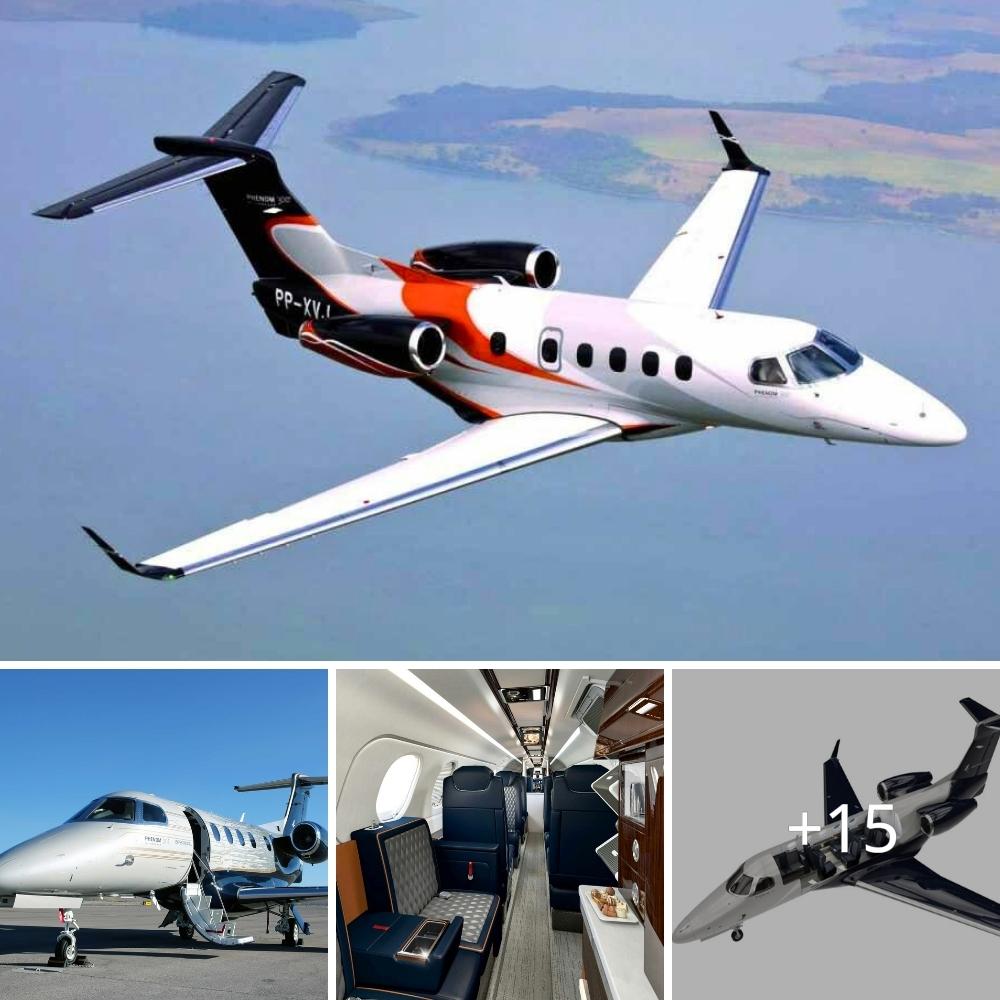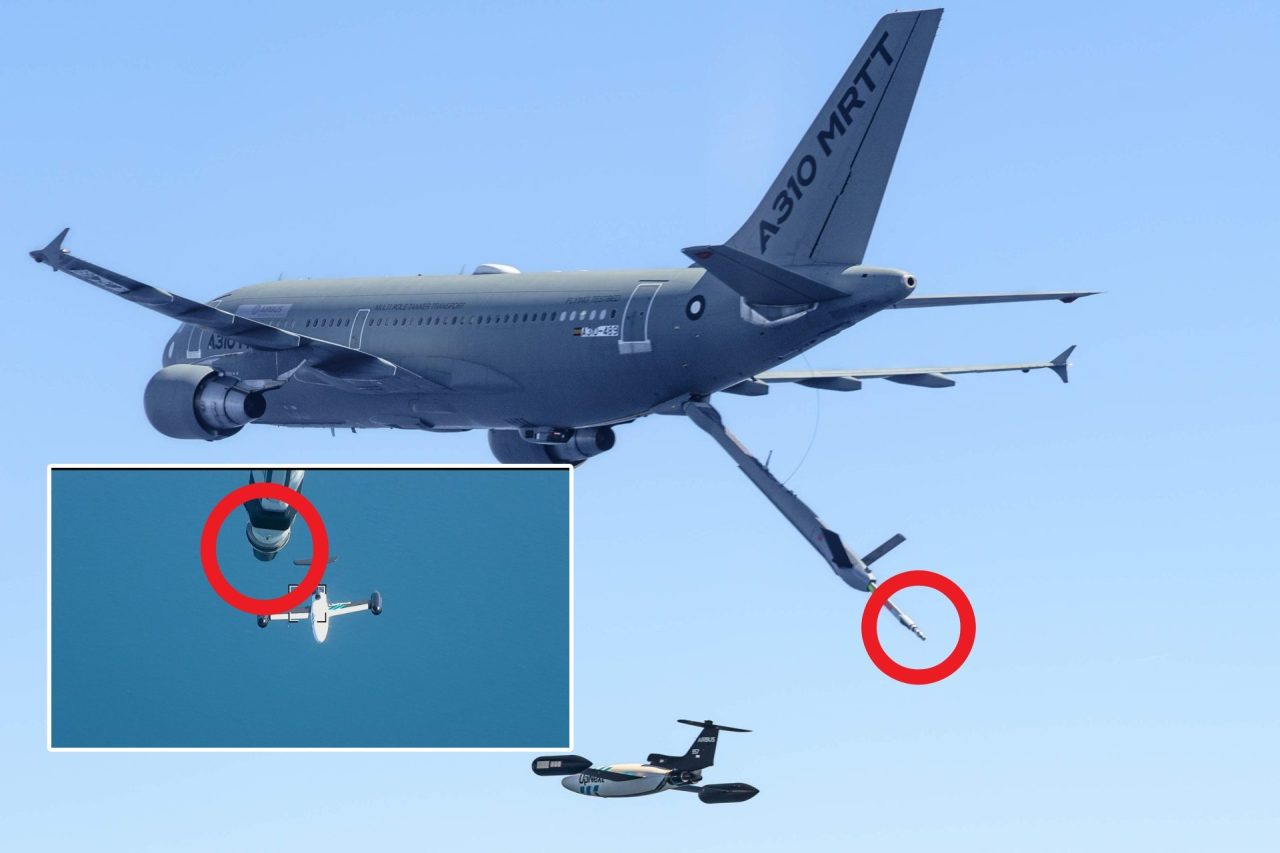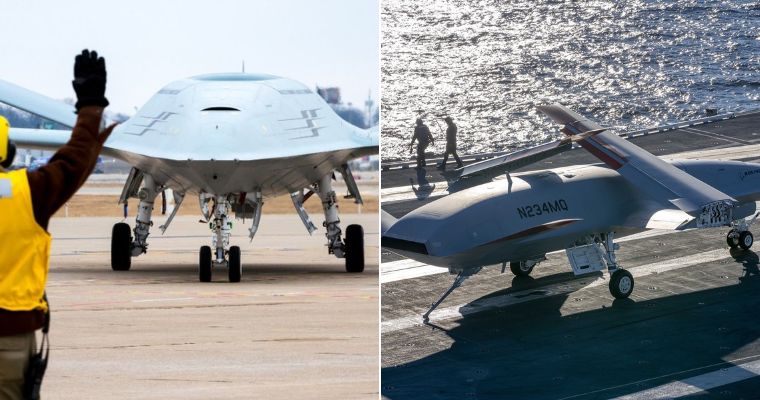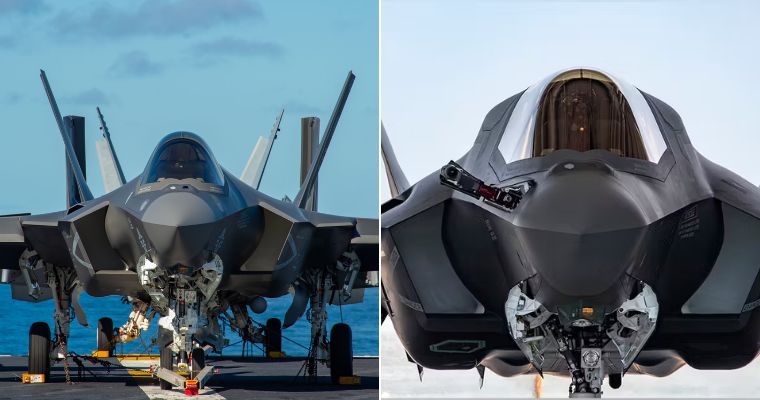London company SkyFly has opened pre-orders on a two-seat personal eVTOL aircraft called the Axe. Scheduled to begin customer deliveries in 2024, the Axe promises 160-km/h (100-mph) top speeds, up to 320 km (200 miles) of range, and a winged airframe.

Let me first say, I’m fully aware of what a brutal job it is to name a company. You’re never going to please everyone, and at some point you’ve gotta go with whatever you can get the domain name for. But … SkyFly? SkyFly. I’m glad you specified, guys, I was going to fly it in the bath.
What we’ve got here is one step up in complexity from a simple manned multicopter like the Jetson One or Ryse Recon, but a big step down from tilting propulsion designs like most of the larger air taxis. Like the Air One, the Axe has wings – reasonably large canards and main wings emerging from the tail section.

Parked on the ground, these 5-m (16.4-ft) wings are pitched oddly upward, giving the Axe a fairly strange look if you’re used to conventional aircraft. But it’s not a conventional aircraft; dynamically it’s closer to a big multicopter. It rises vertically on four large 1.5-m-diameter (4.9-ft) props, and, like a consumer drone, it tilts forward to develop horizontal speed. So once it’s moving at a speed relevant to producing wing lift, the whole aircraft is pitched forward, and the wings are level as you fly. In the sky.

Interestingly, yes, the Axe uses just four props. Generally for these machines, six is a bare minimum. The Air One has eight, mounted coaxially, which is a neat way of doing things if you don’t want to have to find space for more prop mounts around your chassis. The extra props are there for redundancy; they take up the load if something fails so the aircraft doesn’t plummet out of the sky. Most eVTOLs have redundant backups for all critical systems.
Does this mean SkyFly has abandoned the concept of redundancy? No. In this case, each of those four props has two 35-kW motors acting on it, so failures on up to two motors are covered. There’s also quadruple redundancy in the flight control system, says SkyFly, as well as two separate battery packs in case one gives up the ghost. Not to mention, the wings have control surfaces you can use to bring yourself down for a conventional landing if you’ve got the airspeed to do it. So really, the only thing not covered here that other eVTOLs have a handle on is prop destruction in a hover – say, if a bird ignores the whooshing noise and gets vitamized.

We’d best get through a few specs. The Axe weighs 428 kg (944 lb) with a 48-kWh battery pack on board. It’ll lift two people, up to a maximum weight of 172 kg (379 lb), and fly up to 160 km (100 miles) on battery power. If you need to go further, there’s a hybrid option as well, which uses a smaller battery pack alongside a range-extending generator. This version can get you up to 320 km (200 miles) of range. Max takeoff weight is 600 kg (1,323 lb), and max thrust is quoted at 700 kg (1,543 lb).

It runs a three-wheel set of landing gear, and interestingly SkyFly says it can perform a short conventional takeoff with 50 m (164 ft) of runway in front of it, if you don’t want to burn battery by going fully VTOL. Presumably, the rear props give it a little extra gumboot to tilt the whole aircraft forward and scoot along the ground on the front wheels, angling the props further forward for STOL operations. It’ll be interesting to see! Conversely, the cabin is tilted a fair way back during VTOL operations, so presumably there are cameras and whatnot to help pilots land in the circle.
Because it can operate like a fixed wing, you’ll be able to fly the Axe with a standard fixed-wing pilot’s license – at least, until eVTOL-specific licenses start popping up. Indeed, SkyFly is positioning this thing as a training platform for pilots planning to move into air taxi work. You can register it as kit-built, or certify it as a very light aircraft, or experimental aircraft in the UK.

Price? Well, price is a bit of an issue. SkyFly is taking pre-orders at a base price of £150,000 (US$175,000). Some of the options seem a little pricey; the range-extended version will set you back around another £50,000 (US$58,300), for example, and if you want a last-resort ballistic parachute on board, you’re looking at another £20,000 (US$23,300).

So it sure ain’t cheap, which I suppose explains why SkyFly’s renders show this thing wafting around superyachts, golf courses, private jets, vineyards and fancy-looking houses with just enough leaf matter tastefully sprinkled around to convey that the owner’s a pretty chill dude who isn’t going to let some downwash-driven de-manicuring of his lawn ruin his day. Good for you, sir, you can check that phone with a light heart.
SkyFly has released video, in which a prototype flies, and does so in the sky as the name would suggest. It’s maybe 50% scale, and it demonstrates (nearly) vertical takeoff, hover, forward flight, and vertical landing. Check it out below.





